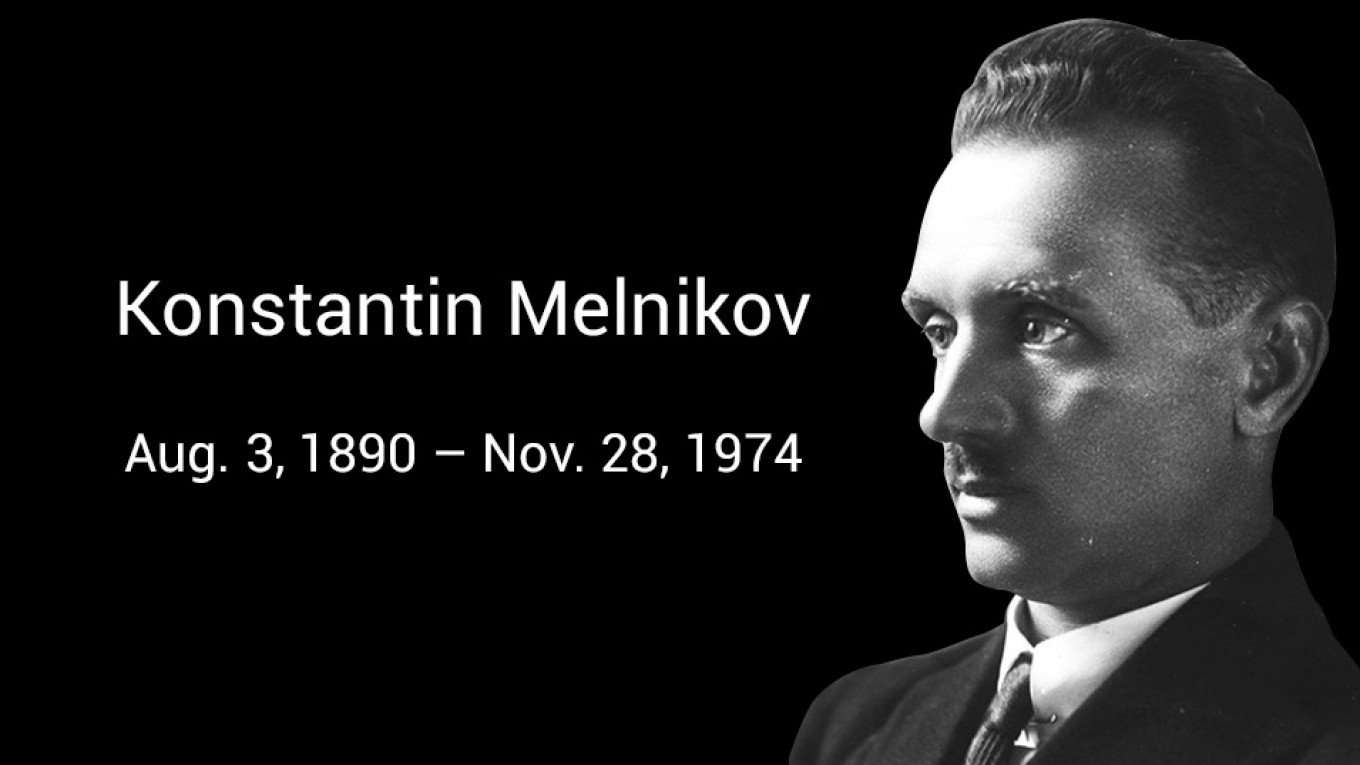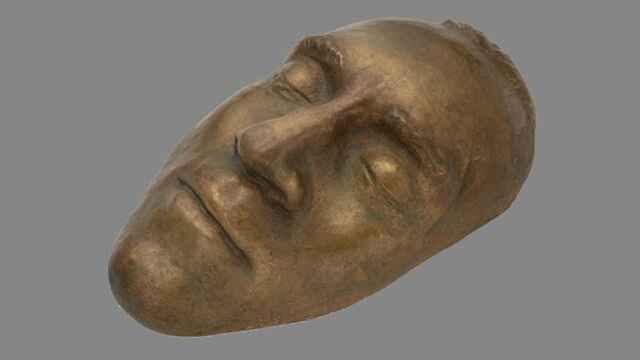An icon of Soviet avant-garde, Konstantin Melnikov was born on August 3, 1890. He was the fourth child of a poor family who occupied a room in a state-owned working-class barrack in Moscow. Eventually his family managed to make a living in farming, after which they were able to own a small house. Still, Melnikov never received a full education – which was an obstacle to his education in later years. But the family dairy farm turned out to be a career lift.
In what he later described as a “golden day” in his life, Melnikov’s early art and sketches were noticed by a milk delivery woman. She also served the family of an engineer named Vladimir Chaplin, and one day she showed him young Melnikov’s work.
The wealthy man was impressed by Melnikov’s talent. He hired the boy and agreed to pay for his art education. Although Melnikov failed his first grammar test and was not admitted to the Moscow School of Painting, Sculpture and Architecture, he qualified a year later and expanded on his general education before graduating first in art and then in architecture. By the time he enrolled in architecture classes in 1917, the young man was already established as an artist.
It was only 1922 – following the Russian Revolution – that he began to have real success in architecture. For a contest to design workers' housing, Melnikov created a sketch that would become his trademark: a zig-zagged, or sawtoothed, arrangement of units.
He went on to be one of the greatest constructivist architects in the world, using bold geometric shapes both in the facade designs and in the shapes of the buildings themselves.
A few have survived in Moscow, including the Intourist garage on Suchyovsky Val; the Bakhmetevsky Bus Garage (now the Jewish Museum and Tolerance Center); and the Rusakov Workers' Club with its three jutting box-like shapes on the facade that are actually seating areas for auditoriums.
His most famous structure is his own house off the Arbat, completed in 1929, made of two intersecting cylinders with a series of hexagonal windows. Melnikov lived there until his death in 1974 at age 84. His son, also an architect, continued to live in the house for many years later. After a prolonged battle among heirs, the house was opened in 2014 as a museum.
A Message from The Moscow Times:
Dear readers,
We are facing unprecedented challenges. Russia's Prosecutor General's Office has designated The Moscow Times as an "undesirable" organization, criminalizing our work and putting our staff at risk of prosecution. This follows our earlier unjust labeling as a "foreign agent."
These actions are direct attempts to silence independent journalism in Russia. The authorities claim our work "discredits the decisions of the Russian leadership." We see things differently: we strive to provide accurate, unbiased reporting on Russia.
We, the journalists of The Moscow Times, refuse to be silenced. But to continue our work, we need your help.
Your support, no matter how small, makes a world of difference. If you can, please support us monthly starting from just $2. It's quick to set up, and every contribution makes a significant impact.
By supporting The Moscow Times, you're defending open, independent journalism in the face of repression. Thank you for standing with us.
Remind me later.






